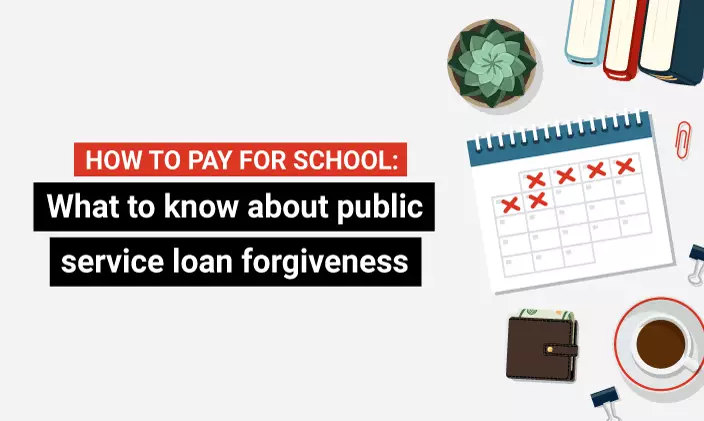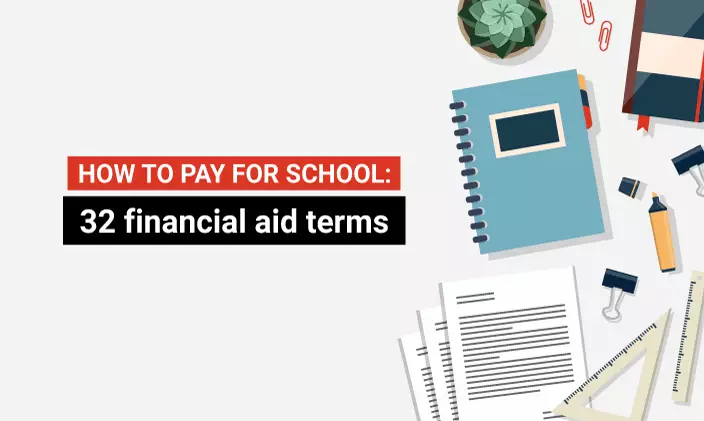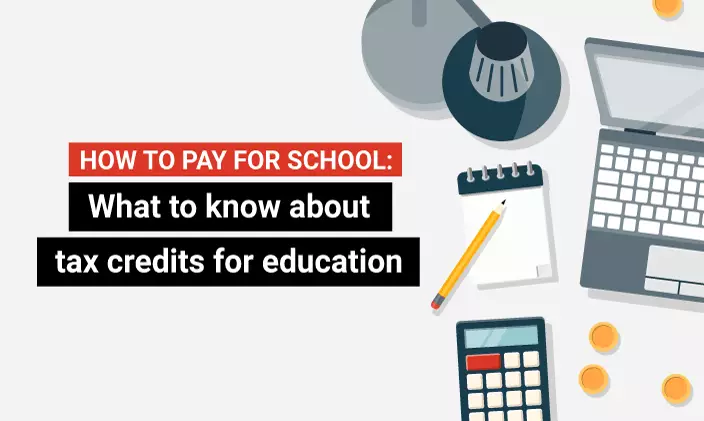Public service loan forgiveness: What you need to know
By Elizabeth Exline
At a glance
- The Public Service Loan Forgiveness program was created in 2007.
- Public Service Loan Forgiveness helps those who work in relatively low-paying public-service careers by forgiving qualifying federal student loans after 120 payments.
- More than 9 million public service workers are eligible for the program, but fewer than 150,000 borrowers have had their student loans forgiven under PSLF.
- To learn more about federal financial aid
options for higher education, visit the U.S. Department of Education’s federal student aid website
.
Pursuing a career in public service has its rewards. Whether you become a teacher , a nurse or a public interest lawyer — or you enter into some other profession committed to the public good — working for the benefit of others can feel like an answered calling.
The advent of the Public Service Loan Forgiveness (PSLF) program in 2007, however, brought a new incentive to a sector traditionally powered by little more than passion. Under the PSLF program, qualifying borrowers can apply for opportunities for loan forgiveness.
This seems like an obvious perk, which makes its varied success somewhat ironic. Recent reports indicate that more than 9 million public service workers may be eligible for student-loan cancellation through PSLF, but fewer than 150,000 people have received loan forgiveness to date, suggesting that millions haven’t even applied.
What gives? Here, we take a closer look at what Public Service Loan Forgiveness is, who qualifies and what may be down the road for the program.
What is Public Service Loan Forgiveness?
At its core, the Public Service Loan Forgiveness program waives the balance on direct loans for qualified graduates if:
- They've made 120 qualifying monthly payments.
- They’re under a qualifying repayment plan.
- They’re working full-time for a qualifying employer.
Yes, that’s a lot of qualifications. And yes, that’s at least 10 years of dutiful check-writing. The result, however, may just be worth all the hoop-jumping.
What are direct loans?
Direct loans are a loan program offered by the federal government and include:
- Direct subsidized loans
- Direct unsubsidized loans
- Direct PLUS loans
- Direct consolidation loans
Not all federal student loans are direct loans, however. Neither the Federal Family Education Loan (FFEL) program nor the now-retired Federal Perkins Loan program qualify as direct loans — unless you consolidate them under a direct consolidation loan.
And private student loans? They don’t count as direct loans either.
If you’re still not sure what counts and what doesn’t, you can use the online PSLF Help Tool to gain some clarity.
Who is eligible?
Ensuring you have qualifying loans is the first of several steps. The next is assessing whether your employer counts as a qualifying employer.
Generally speaking, if you work full time for a U.S. federal organization, or a state, local or tribal government or nonprofit organization, you may qualify for PSLF. This includes military service and volunteer service with AmeriCorps or the Peace Corps.
The list of qualifying employers is relatively short. Labor unions, for example, don’t count, and neither do partisan political organizations. For-profit organizations are obviously not in the public-service sector, and this includes for-profit government contractors.
Remember, it’s not about your job title or role. It’s about who your employer is. It’s also about your schedule. Full-time work is at least 30 hours per week or your employer’s definition of full-time work. (Unfortunately, the greater of these two is what counts.) You can also cobble together part-time jobs, assuming they’re all for qualifying employers and your hours add up to 30 or more per week.
If both your loan and your employer get the green light on qualifications, it’s time to look at your repayment plan. To be eligible for PSLF, your payments must be:
- Part of an income-driven repayment plan
- Made on time while you’re working full time (not when you’re still in school or during a grace period, deferment or forbearance period)
One potential surprise: The payments don’t have to be consecutive. So, if you work for a qualifying employer, then a nonqualifying employer, and then a qualifying employer again, you can still qualify for PSLF.
Curious how this stacks up across the country? This interactive map of the U.S. offers a way to visualize by state the number and percentages of public service employees who have student debt and who’ve had debt canceled under PSLF.
The fine print
While it may seem like the entirety of the PSLF program consists of proverbial fine print, it’s not! There’s actually more to consider if you work as a contractor. Specifically, the company you work for has to qualify for PSLF.
If you work for a for-profit organization that is doing contract work for a qualifying organization, in other words, that doesn’t count. The organization that employs you has to qualify.
Some PSLF concessions were made during the COVID-19 pandemic, although those are set to expire in October 2022. For more details, visit this online waiver page .
Change on the horizon?
While the technicalities may feel extensive and overwhelming, the fact remains that a fair percentage of eligible public-service workers are not taking advantage of PSLF. In an effort to combat this trend, two U.S. senators have proposed new legislation known as the Simplifying and Strengthening Public Service Loan Forgiveness Act .
If passed, the act would:
- Halve the number of required student loan payments from 120 over 10 years to 60 over five years.
- Include more qualifying payments so that any prior repayment would count toward PSLF.
- Extend eligibility to Peace Corps volunteers and active-duty military service members who made payments during service on student loans that were in forbearance or deferment.
- Allow borrowers of parent PLUS loans and FFEL student loans to consolidate their loans into one direct loan.
Public service loan forgiveness, in other words, is subject to change. But change may be good news for borrowers both today and tomorrow.
Saving on an education at University of Phoenix
University of Phoenix offers degree programs that can help prepare students for careers in the public sector, in roles such as teachers, social workers, public health service professionals, mental health counselors and managers for nonprofit organizations. To help make college more affordable for these — and all — students, the University offers a number of ways to save time and money on an education, including:
- Credit for work and life experience
- College transfer credits
- Scholarships
- National testing credits
- Employer tuition assistance
- Credit for military experience
Those looking to save time and money on their degree can visit https://www.phoenix.edu/cost-savings/ways-to-save to learn more. There, they can use the University's new Savings Explorer™ tool to see how much prior work, life and school experience may help them save on a degree.





